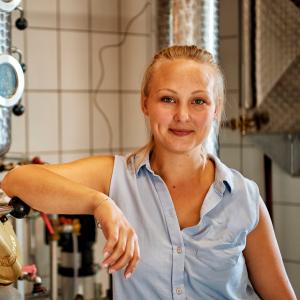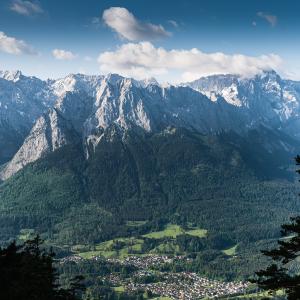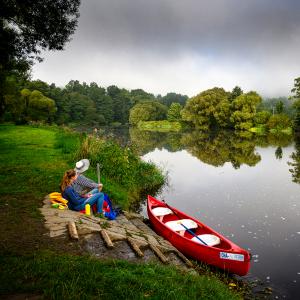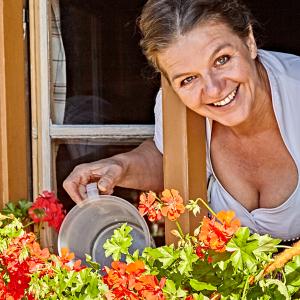Nuremberg gingerbread, veal sausages, and cheese from the Allgäu – Bavaria's specialities are regional heritage assets which are known all over the world. Many of them have been made to traditional recipes for several centuries. What's nice about that is that those who visit the places at which these specialities can be tried out always also journey a little bit into the past of the region. Here's a selection of the Bavarian delicacies your customers definitely ought to try.
Cheese from the Allgäu
Emmentaler, full of holes, aromatic mountain cheese or sennalpkäse (alpine cheese) with its nutty taste – the Allgäu cheeses are surprisingly diverse! Original Allgäu cheese is produced by craft, skill and tradition. So where can your customers go to taste it? Allgäu cheese is officially protected as regards its origin, which means that it can only be made in certain alpine dairies in the Allgäu Alps. But since many of them also do food, your customers can taste the delicious cheese products right there on location.
Nuremberg gingerbread
Cinnamon, cloves, cardamom, nutmeg and almonds are among the ingredients of the wonderfully spicy Nuremberg gingerbread which finds its way on to people's plates, above all at Christmastime. This winter delicacy was already being made by monks in Franconia in the 14th century. By the way, in Nuremberg, gingerbread is a thing that you cannot merely buy; you can also make it yourself, for example on a course at the Lebküchnerei Wicklein, a well known gingerbread café.
Nuremberg sausages
For over 700 years, a special kind of sausage, the rostbratwurst has been made in Nuremberg. There, you can enjoy this sausage made of pork with that typical marjoram touch to it in one of the many historical sausage kitchens, for example at Zum Gulden Stern, which is thought to be the world's oldest. There, the sausages are fried up on the grill, as tradition dictates, and served with classical side dishes: sauerkraut, potato salad, horseradish and pretzels or rolls.
Regensburg knackersemmel
The original version of this sausage speciality from Regensburg in the Upper Palatinate is only to be had at a single location in the city: the Wurstbraterei Reisinger. The 'cracker' (knacker) consists of pork and beef, has a slightly smoky taste to it and is served in a bread roll. Those who wish to enjoy it in the proper traditional manner order it 'mit allem' ('with everything'), i.e. with pickled gherkins, sweet mustard and horseradish.
Rothenburg snowballs
For over 300 years, these sweet pastries have been made in Rothenburg ob der Tauber, where the snowballs are served traditionally on festive occasions such as weddings. This sweet speciality gets its characteristic round shape by being baked in a special snowball iron. Today, however, there are snowballs in many different variations. Perhaps you might fancy one with a filling of advocaat and marzipan and icing that tastes of vanilla and cinnamon.
Veal sausages
This classic sausage comes from Munich and can be ordered in more or less any restaurant or beer garden in Upper Bavaria. This speciality is a boiled sausage, i.e. it is not fried, but prepared in a stock. The filling consists of veal, pork loin fat, and herbs. Classically, sweet mustard, brezn (pretzels) and 'white' or wheat beer are served with veal sausages. And by the way: according to proper tradition, veal sausages are eaten at frühschoppen, i.e. when people meet up for a morning or lunchtime drink, in other words before noon. And although the sausage meat is served in a natural casing, the skin is not usually eaten.



